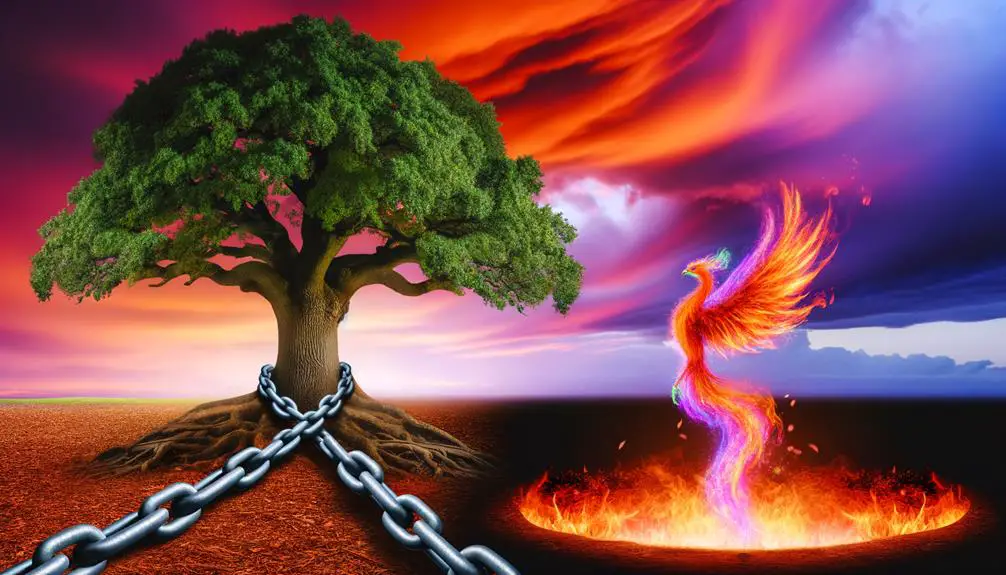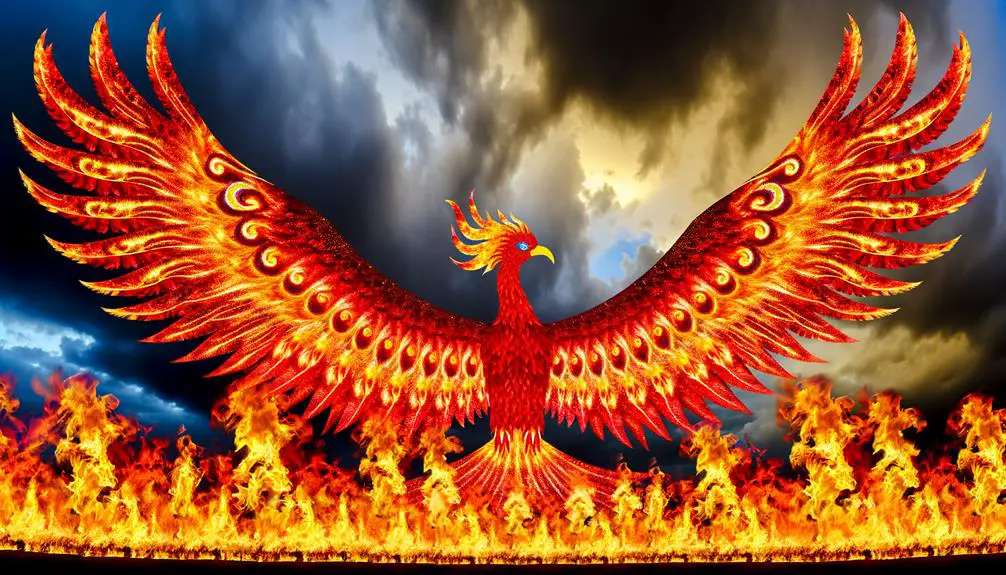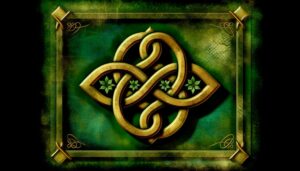7 Timeless Symbols Representing Strength and Resilience
Various symbols across cultures represent strength and resilience, offering rich ethnographic insights. The lion, revered in Ancient Egypt and Mesopotamia, signifies protection and warrior might.
The oak tree, sacred to Druids and linked to gods like Zeus and Thor, embodies steadfastness and divine power. The phoenix, celebrated in Egyptian, Greek, and Chinese traditions, epitomizes rebirth and renewal.
The lotus flower, thriving in adversity, symbolizes purity, spiritual enlightenment, and regeneration. The anchor, deeply rooted in coastal communities and Christian symbolism, stands for stability and unwavering faith.
These timeless symbols continue to resonate, inviting further exploration into their profound meanings.

Key Takeaways
- The lion symbolizes strength and resilience in various cultures, including Ancient Egypt and Mesopotamia.
- The oak tree represents endurance and steadfastness, revered by Ancient Druids and linked to Zeus and Thor.
- The phoenix embodies transformative power, rebirth, and renewal, prominent in Egyptian, Greek, and Chinese traditions.
- The lotus flower signifies purity, spiritual enlightenment, and resilience, thriving despite harsh conditions.
- The anchor symbolizes stability and inner strength, crucial in coastal communities and emblematic of unwavering faith in Christianity.
The Lion

Among various cultures and civilizations, the lion has long been revered as a powerful symbol of strength and resilience.
In ancient Egypt, the lion-headed goddess Sekhmet was venerated for her fierce protection and healing abilities.
Similarly, in Mesopotamia, the lion represented Ishtar's warrior aspect, embodying both ferocity and guardianship.
Classical Greek mythology celebrated the Nemean Lion, vanquished by Heracles, as a tribute to heroic courage.
In Hindu culture, the lion is the vahana (vehicle) of Durga, symbolizing divine power and valor.
Ethnographic studies reveal that the lion's majestic presence and role in various myths and rituals underscore its universal significance.
This cross-cultural reverence accentuates the lion's enduring symbolism as a universal icon of indomitable spirit and protection.
The Oak Tree
The oak tree, often regarded as a pillar of endurance and steadfastness, has cemented its place in cultural narratives and traditions worldwide. Across various cultures, the oak symbolizes resilience, longevity, and strength, deeply embedded in the collective consciousness.
Ancient Druids revered the oak as sacred, believing it connected the heavens and earth.
Greek Mythology associated the oak with Zeus, the god of thunder, symbolizing divine power.
Nordic Cultures linked the oak to Thor, representing protection and fortitude.
American Iconography used the oak to symbolize patriotism and national strength.
Japanese Culture sees the oak as representing enduring beauty and perseverance through hardships.
Through ethnographic detail, these diverse cultural associations highlight the oak tree's universal representation of unyielding strength and resilience, transcending geographical and temporal boundaries.
The Phoenix

While the oak tree stands as a steadfast symbol of earthly resilience, the phoenix embodies the transformative power of rebirth and renewal across various cultures. Rooted in ancient mythologies, the phoenix is often depicted as a magnificent bird that cyclically regenerates or is otherwise born anew from its ashes after dying.
This powerful imagery can be traced to ancient Egyptian, Greek, and Chinese traditions, each imbuing the phoenix with unique cultural significance. Ethnographic studies reveal that the phoenix serves not only as a symbol of immortality and eternal life but also as a metaphor for the human capacity to overcome adversity.
Within these contexts, the phoenix is a universal emblem of enduring strength and the perpetual possibility of renewal.
The Lotus
In many Asian cultures, the lotus flower emerges as a potent symbol of purity, spiritual enlightenment, and resilience, often flourishing in murky waters to bloom with remarkable beauty. This botanical marvel is steeped in ethnographic significance, reflecting the human capacity to rise above adversity.
- Purity: Despite its origins in muddy waters, the lotus remains unstained, symbolizing inner purity.
- Spiritual Enlightenment: The lotus is often associated with enlightenment, paralleling the journey from darkness to light.
- Resilience: Its ability to thrive in harsh conditions exemplifies strength.
- Cultural Significance: Deeply embedded in Hinduism, Buddhism, and other Asian spiritual traditions.
- Symbolic of Rebirth: The lotus's daily blooming cycle represents renewal and regeneration.
Understanding the lotus in cultural context provides profound insights into its symbolic resonance.
The Anchor

Anchors, long revered in nautical traditions, symbolize stability, steadfastness, and resilience across various cultures. Ethnographic studies indicate that coastal communities, from the Mediterranean to the Pacific Islands, have imbued anchors with profound metaphoric significance.
Historically, sailors relied on anchors to secure their vessels amidst turbulent seas, a practice that transcended mere utility to embody trust and perseverance. In cultural relativism, the anchor transcends its maritime origins, representing hope and grounding in personal and collective identities.
For instance, in Christianity, the anchor is a symbol of unwavering faith amidst life's storms. The anchor's representation as a steadfast force echoes universally, embedding itself as a compelling emblem of inner strength and resilience in diverse sociocultural contexts.
Conclusion
In examining symbols emblematic of strength and resilience, the lion evokes regal authority and unyielding courage, while the oak tree signifies enduring fortitude amidst adversities.
The phoenix, through its cyclical regeneration, embodies transformative renewal.
The lotus, emerging pristine from the murky depths, illustrates purity and spiritual resurrection.
Finally, the anchor, grounding through tempestuous currents, serves as a steadfast emblem of stability and hope.
These symbols, deeply rooted in cultural narratives, encapsulate the quintessence of strength and resilience transcending temporal confines.






